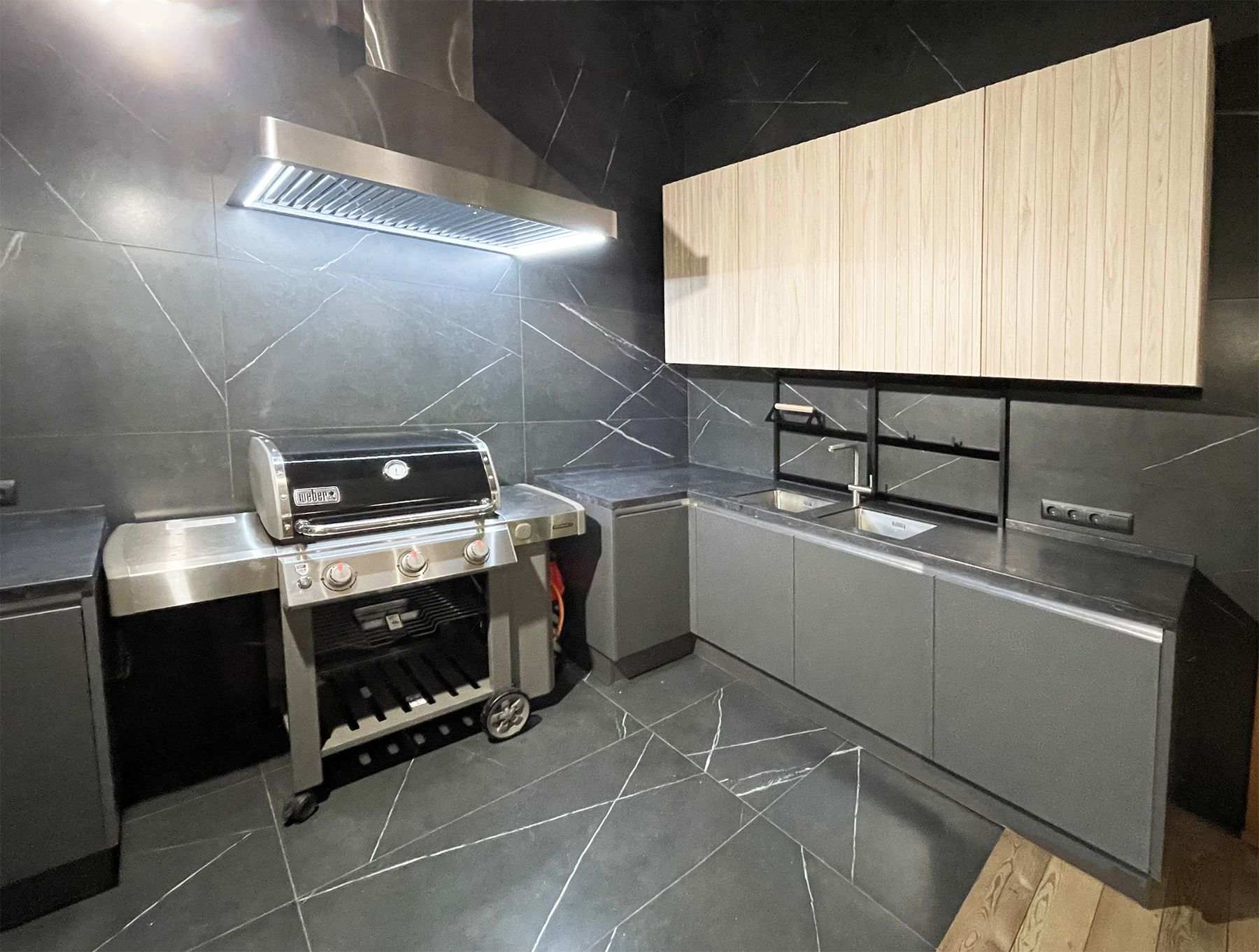
Culinary Spaces Reimagined
Introduction to Modern Culinary Spaces
The kitchen, once a purely utilitarian space for cooking, has evolved into a central hub for family gatherings, entertainment, and culinary exploration. Contemporary design trends are redefining what it means to have a culinary space at home, emphasizing functionality, aesthetic appeal, and technology. We will delve into how modern culinary spaces are being reimagined to cater to the needs of today's home chefs and food enthusiasts.
Innovative Design and Layout
The structure of the traditional kitchen is being transformed to create more open and inviting spaces. Gone are the days of kitchens being closed off from the rest of the home; they now feature open layouts that merge seamlessly with living and dining areas. This shift not only fosters social interaction during meal preparation but also allows for a more versatile environment that accommodates various activities beyond cooking, such as socializing and work.
Maximizing Small Spaces
In urban settings where space is at a premium, innovative solutions make small kitchens more efficient and less cluttered. Foldable and retractable components, wall-mounted appliances, and multi-purpose furniture are just a few examples of how design can optimize the available space while maintaining a high level of functionality.
Technology in the Culinary Space
In the age of smart homes, kitchens are not left behind. From appliances that can be controlled via smartphone to ovens that can preheat themselves on your way home, technology is making cooking more convenient and precise. Smart refrigerators can track expiration dates, create shopping lists, and even suggest recipes based on their contents, ensuring that technology in the kitchen is not only impressive but also practical.
Interactive Cooking Experiences
Technology has also paved the way for interactive cooking experiences. Smart screens and projectors can display recipes and cooking tutorials in real time, allowing home cooks to sharpen their skills and experiment with new cuisines confidently.
Environmental Considerations
Sustainability is a growing concern that has reached the realm of kitchen design. Energy-efficient appliances, materials with low environmental impact, and waste-reducing features like composting systems have become increasingly common in the modern culinary space. These aspects ensure that our cooking habits contribute to a healthier planet.
Social and Cultural Influence
The reimagined culinary space also reflects the diverse social and cultural landscape of our society. With an increasing interest in global cuisines, kitchens are equipped to handle a variety of cooking styles and ingredients. Features like specialized storage for spices, adjustable cooking surfaces for different types of cookware, and dedicated areas for meal prep recognize and celebrate a world of culinary traditions.
Conclusion: The Culinary Space of the Future
The reimagined culinary spaces of today set the stage for the future of cooking and dining. As we continue to push the boundaries of what these areas of our homes can be, we are seeing a blend of creativity, technology, and sustainability. These evolved kitchens are not only about preparing food but also about enhancing our connection with what we eat, whom we share it with, and the environment that sustains us.
``` Remember to incorporate this text into a full HTML document structure when creating an actual web page, with proper `doctype`, `head`, and `body` elements.